The 5 steps to become an ML / AI Engineer
Climbing the AI Ladder, one step at a time
If I had a dollar for every time someone asked me for a roadmap to becoming an ML/AI Engineer from scratch … well, let’s just say I’d have a very full coffee fund by now 😅
And honestly? I get it.
Breaking into AI isn’t exactly a walk in the park, especially if you’re figuring it out on your own.
That’s why I’ve been toying with the idea of putting together a simple, no-fluff guide on what it really takes to become a solid ML / AI Engineer in today’s industry.
And then, the perfect opportunity popped up.
I connected with Anas Riad , a content creator on LinkedIn. He’s working as a Data Analyst right now but wants to make the jump into ML Engineering.
So we thought:
💡 Why not turn his questions into a friendly back-and-forth, like two people just chatting over drinks (and share it with the community)?
🪜 The AI Ladder
Now, here’s where I’d like to introduce you to a metaphor I typically use whenever people ask me how to break into the field: the AI Ladder.
🪜 Instead of thinking of AI mastery as one big leap, imagine it as a ladder you climb.
Step by step. Each stage builds on the last, giving you a solid path forward.
Here are the 5 steps of the ladder I believe every aspiring ML / AI Engineer should climb:
Mathematical Foundations - The bedrock that makes everything else click.
Hands-on Practice - Frameworks, libraries, programming languages … actually putting theory into action.
Data Engineering - A good data foundation is everything. Without it, even the best models will crumble.
ML / AI Engineering - Learning the specifics about these two fields (ML pipelines, MLOps, LLMOps, finetuning, etc.)
Build, build, build - Projects are the real proof of mastery, so keep building!
Step 1 - Mathematical Foundations
Every strong ML engineer I’ve met has one thing in common: a rock-solid foundation in mathematics.
Why? Because math isn’t just abstract theory here … it’s the language of machine learning.
Linear algebra powers neural networks, probability and statistics help models make sense of uncertainty, and calculus is what drives optimization.
Without these tools, you’ll constantly feel like you’re standing on shaky ground.
Now, here’s the good news: building this foundation doesn’t have to feel dry or overwhelming. It all comes down to how you prefer to learn.
👉 If you’re a visual learner who loves videos
I cannot recommend 3Blue1Brown enough.
His YouTube series makes tough math concepts click instantly. The visuals are intuitive, the pacing is spot on, and honestly, it’s one of the best free resources out there if you want math to finally make sense.
👉 If you prefer reading and structured explanations
Check out Tivadar Danka’s The Palindrome .
It’s one of the sharpest publications I’ve seen for breaking down the mathematics behind machine learning in a way that’s both rigorous and accessible.
And if you’re serious about mastering the theory, Tivadar also has a book that I highly recommend diving into. It takes you beyond surface-level intuition and gives you the depth you need to really understand what’s happening under the hood.
Step 2 - Hands-on Practice
If you’d like a full guide with a wider list of hands-on resources, I’ve put one together specifically for that:
Once you’ve got the math down, it’s time to roll up your sleeves and actually build things.
There are countless resources out there for learning frameworks and programming, but since I don’t want this article turning into a library catalog 😅, I’ll stick to one recommendation that I think gives you the biggest bang for your time:
📘 Machine Learning with PyTorch and Scikit-Learn by Sebastian Raschka, PhD
Why this book?
Because it offers a detailed, hands-on walkthrough of the two most important frameworks for Machine Learning and Deep Learning (respectively): Scikit-Learn and PyTorch.
In my opinion, if you want to become a top ML Engineer, you absolutely need to feel at home with both of these libraries.
Step 3 - Data Engineering
Here’s the thing: without good data, even the most brilliant models fall apart.
Data really is the fuel of machine learning, and knowing how to handle it properly is a skill every aspiring ML Engineer needs.
This step is all about learning how to:
Collect and process raw data
Clean and transform it into usable formats
Store it efficiently
And pipeline it into your models
If you don’t get this right, everything else suffers.
The good news? You don’t have to become a full-fledged Data Engineer to succeed as an ML Engineer.
But you do need to be comfortable with the fundamentals.
When it comes to this step, my top recommendation is clear:
📘 Designing Data-Intensive Applications
It’s widely considered the gold standard for learning how to work with large-scale data systems. The book goes far beyond the basics, giving you both the mindset and the practical tools to design data pipelines, handle scalability and build reliable systems like a pro.
Step 4 - ML / AI Engineering
This is the step most people think of when they imagine “becoming an ML / AI Engineer”.
Building and training models, experimenting with architectures, and solving real-world problems with machine learning.
But here’s the catch: it’s not just about knowing how to fit a model.
It’s about understanding how to make that model robust, scalable, and deployable. That means going beyond notebooks and learning how to bring models into production.
At this stage, you’ll want to focus on:
Model development and evaluation
Experiment tracking and reproducibility
MLOps fundamentals (deployment, monitoring, scaling)
Best practices for production-grade ML systems
My two recommendations here?
Designing Machine Learning Systems and AI Engineering, both by Chip Huyen .
Step 5 - Build, build, build
Looking for inspiration for your own projects? Don’t worry, I have 6 hands-on projects you can take as starting point!
This is the most important step.
It’s where everything you’ve learned clicks, because the only way to truly put knowledge into practise is to build. Non-stop.
Here’s the simple workflow I follow:
1️⃣ Pick something you’re excited about.
Maybe it’s a music recommender, a sports-tracking system, or an agent simulation.
2️⃣ Define what goes where.
Ask yourself: Do I need SQL or NoSQL? Is this batch or streaming? What’s my MVP? What data do I need? How will I measure success?
3️⃣ Build, break, learn, improve.
Start with the smallest working version. Expect mistakes (they’re part of the process). Refactor, iterate, and make it better.
4️⃣ Repeat.
Go back to 1️⃣, pick the next thing, and keep building.
Next steps
Don’t forget to check out my full talk with Anas Riad! 👇
Now, I know the AI Ladder can feel intimidating.
But that’s exactly why I’m here . To help you climb it.
With nearly 9 years of experience in this field, I’ve already done the trial and error, distilled what’s worth your time and what’s not, and built a clear path forward.
That’s the mission behind The Neural Maze.
And I’ve got some exciting news: in the next few months, The Neural Maze will be evolving to deliver even more value for our premium subscribers, including:
Q&A Sessions
Live sessions for our next course (Building a Phone Call Agent hosted on Runpod)
In-depth lessons with code snippets
Sample projects, demos, and explorations of new tools & research
Access to a private community of AI builders
🗓️ Next week, I’ll share the full plan and timeline with you.
I’m beyond excited for what’s coming, and I can’t wait to climb the AI Ladder together with you 🫶



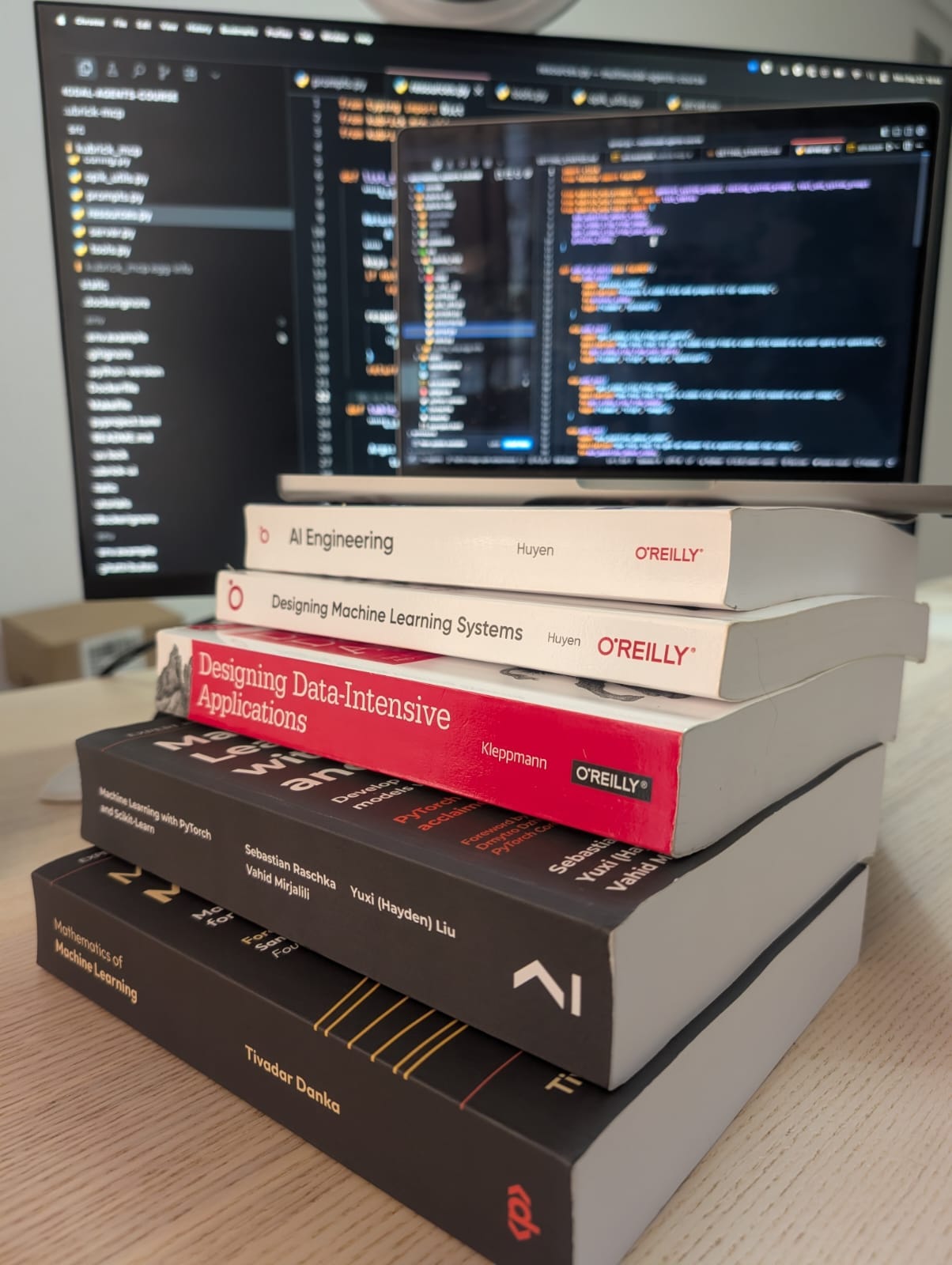

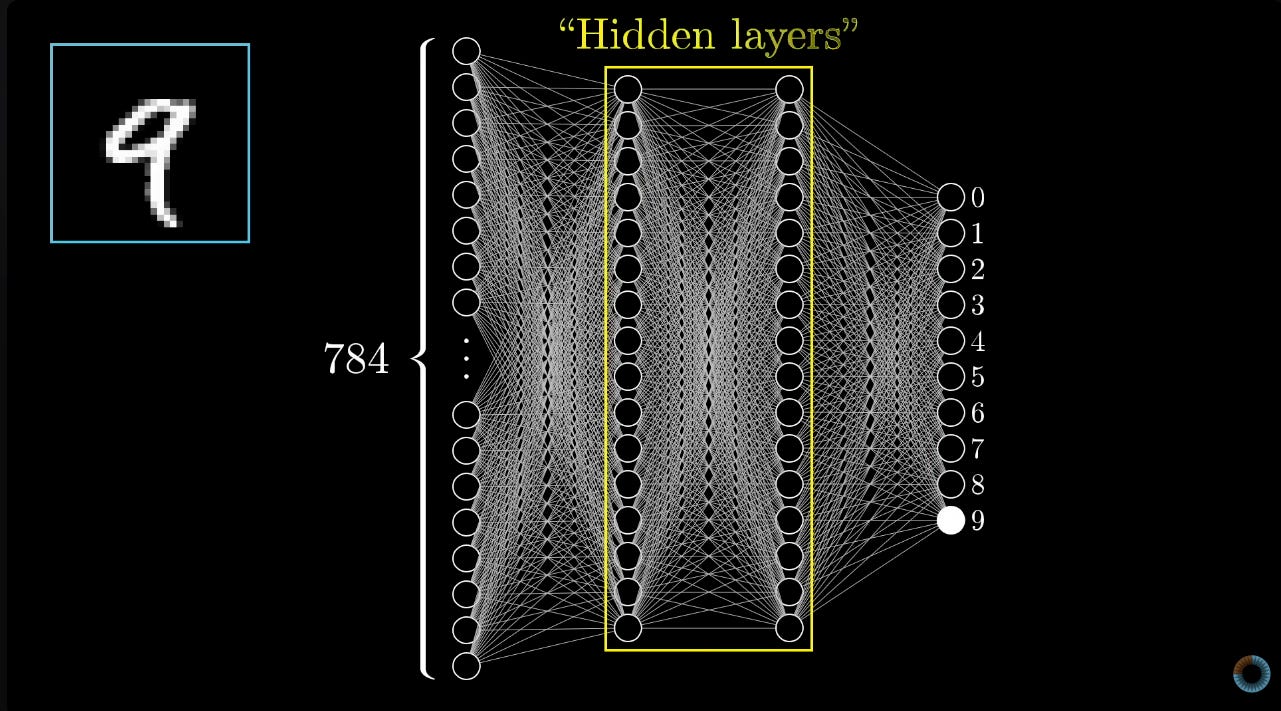
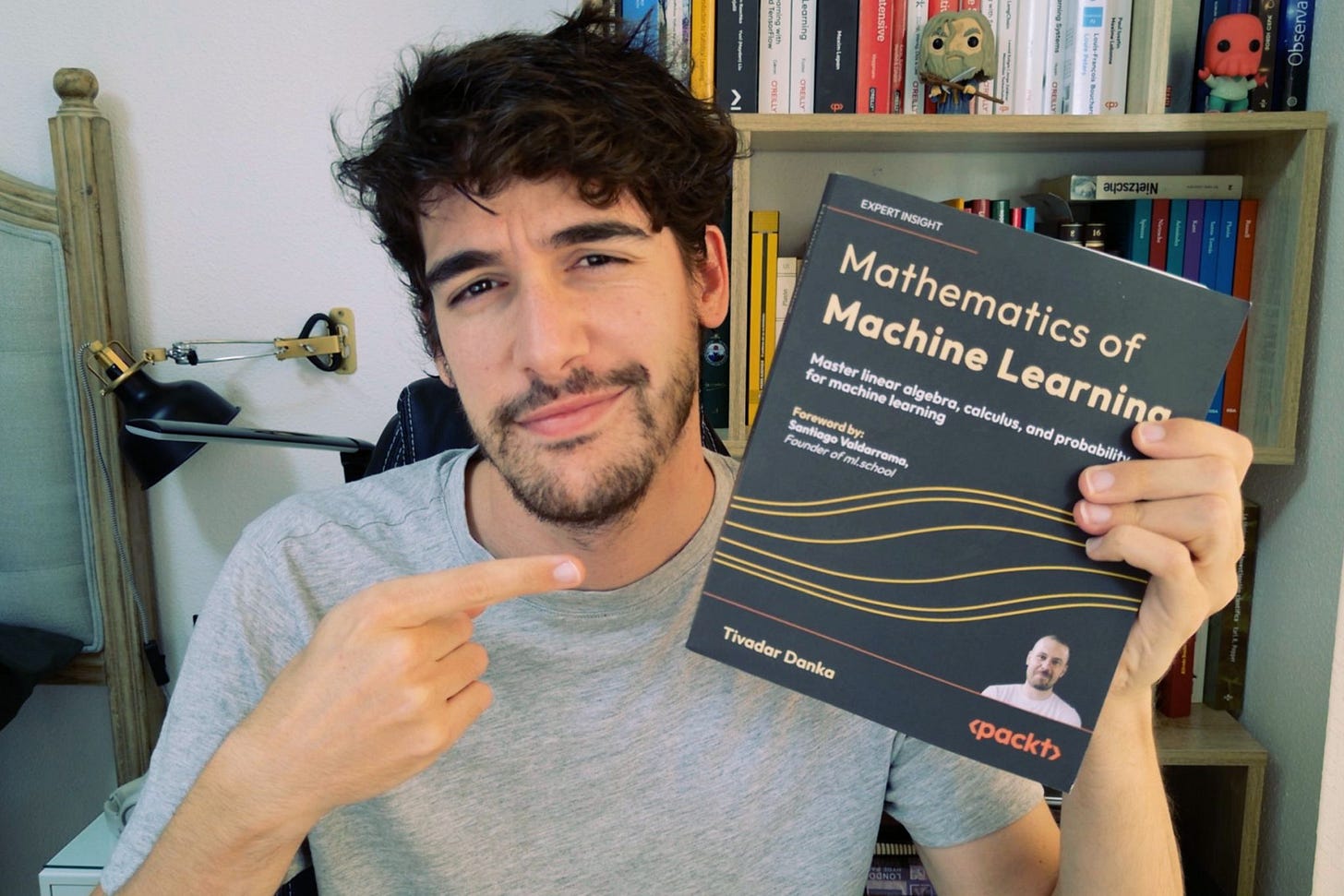
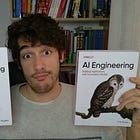
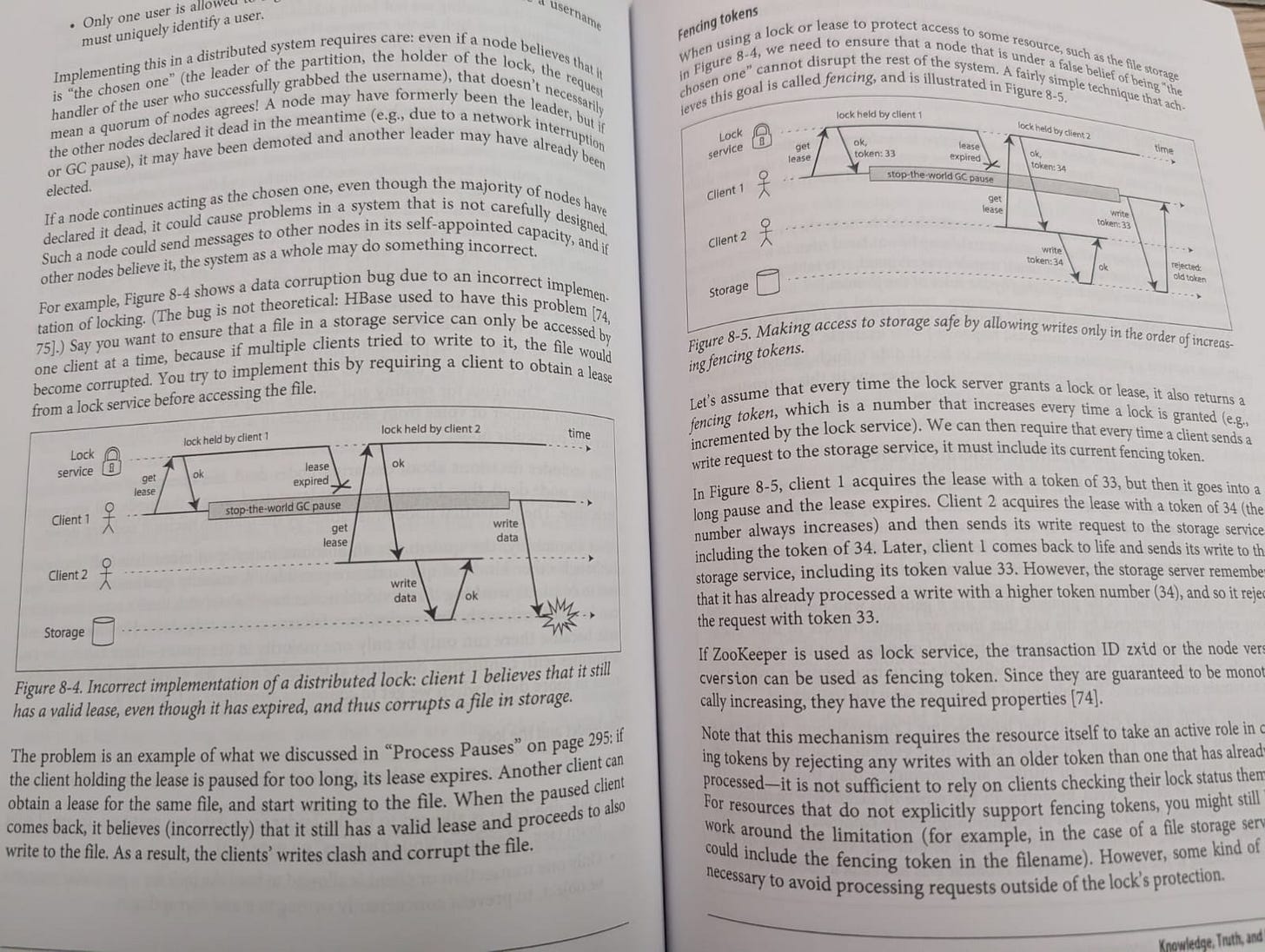

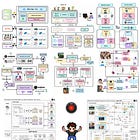
How much should I need to spend on Deep Learning algorithms also consider ML algorithms…. Building projecta using these algorithms such as RNNs (LSTM GRU), attention mechanisms and Transformers… and building end to end projects combining multiple technologies… (MLOps lifecycle)
Or should I proceed with GenAi having a strong foundation on Deep Learning with a little practical implementations…?
What should be the general or ideal way to approach mlops projects like from data ingestion to modeling to building an application then monitoring backend frontend… I am confused so much.
Hey, thanks for the mention!